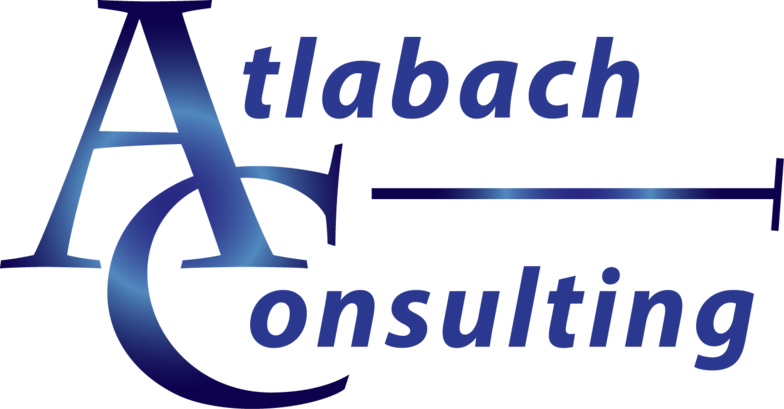Lighting Controls: Key Considerations
On the surface, lighting controls can save us a lot of money. When we change a 100 W bulb to a 40 W, just like magic we pocket 60 W of energy. Here is where the surface savings comes into play. Only one part of the big picture is being considered when we evaluate our business model based on W or KW savings only.
The other factors we need to consider are both the tangible and the intangible such as, the reduction in the air conditioning load, the increase in the heating load and how the staff productivity levels would be affected by a reduction in lighting levels.
Lets consider Air Conditioning first because it will save us money in both energy and maintenance. It will do this based on the simple fact that a typical air conditioning system has a COP (coefficient of performance) of 3:1, therefore, for example, it would cost us only 1 W of energy to remove 3 W of heat energy.
Taking this into consideration, we would see an extra savings of 60 W divided by 3 or 20 W, over the summer air conditioning season.Not only would we be saving money in energy costs, but also because the Air Conditioning System will not have to work for as long a period of time, it would in turn save us in maintenance fees and the capital cost for replacement.
Next lets look at the heating effect. During the winter heating season we would need to replace the 60 W of electrical energy with heating energy, which can come from a number of sources, such as a Boiler, Furnace, Heat Pump or Electrical Heating.
If we are utilizing electrical heating, then during the winter heating season when the lights are on, their will be no realized savings, but if we are using an alternate form of heating like a Natural Gas Boiler, we will save the difference between the cost of Natural Gas and Electricity, and of course the added maintenance and capital cost associated with this heating equipment operating more.
Now with everything in mind, we need to consider the effect on employee productivity. If we reduce our light levels to a level where the staff's productivity is affected, then forget about energy savings, as productivity effects are typically 10 fold of energy savings.
The easiest thing to do is to benchmark lighting levels before starting a lighting retrofit and then afterwards to ensure lighting levels are not affected. In closing, when considering lighting retrofits, review the proposal and if it does not address all the effects mentioned herein, you could be in for a dark future.

